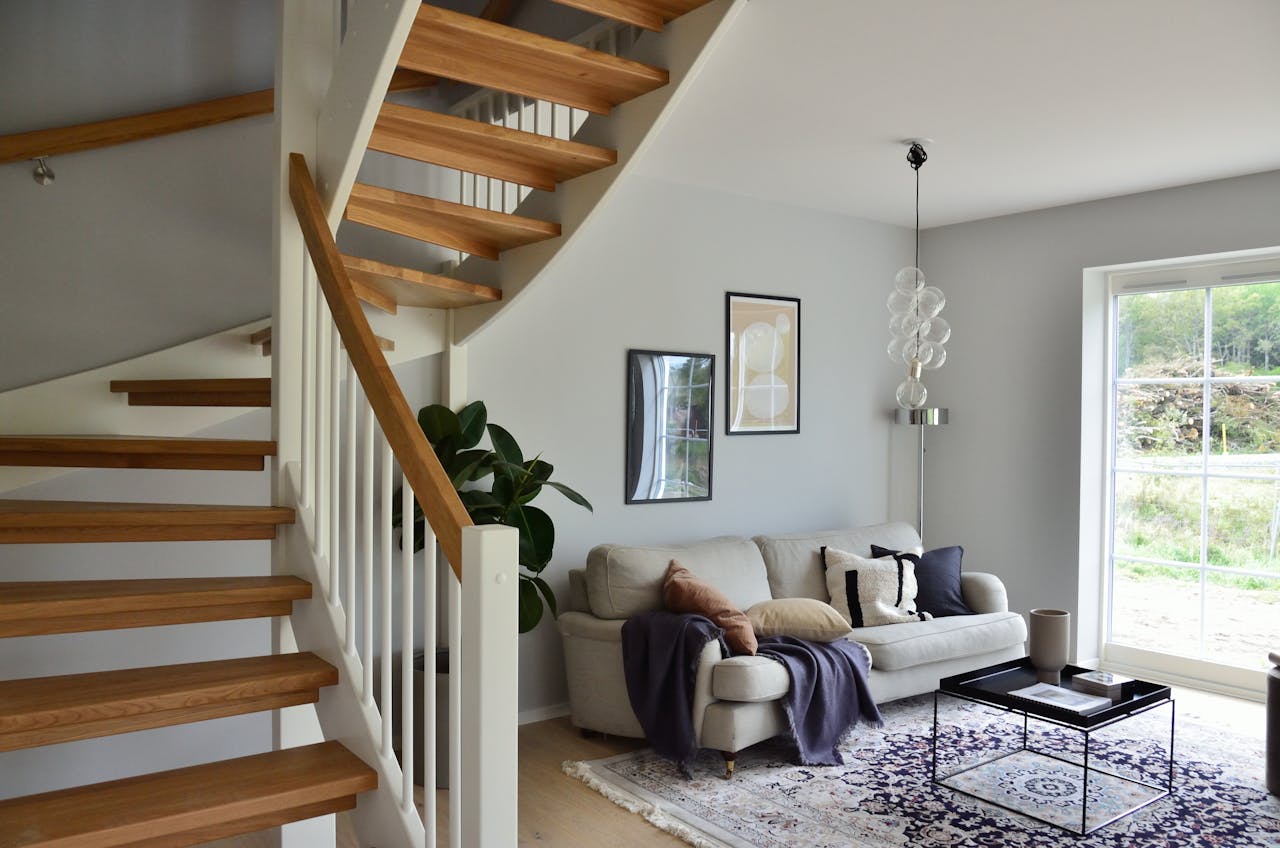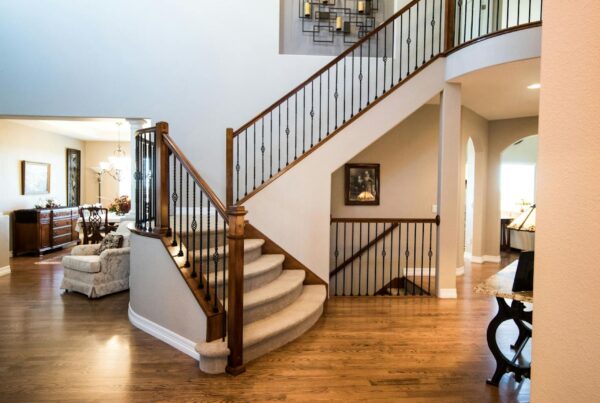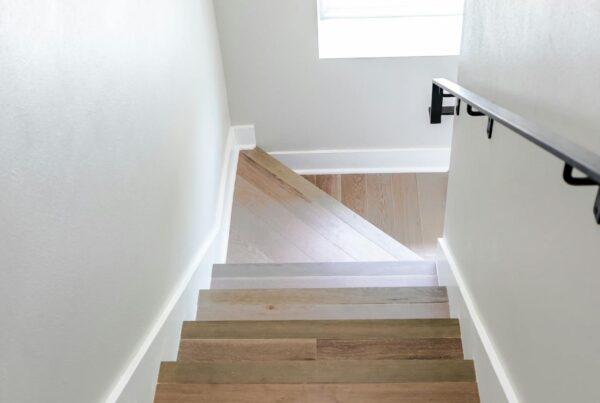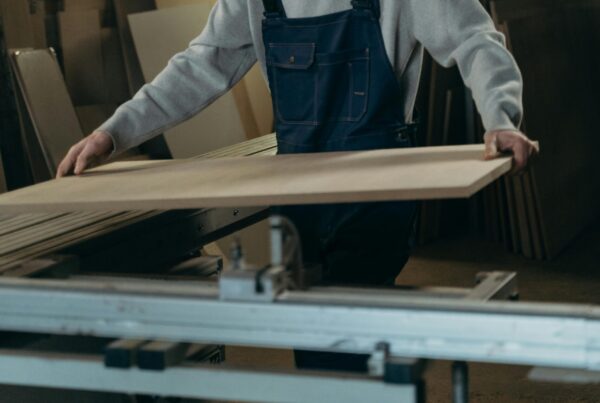What is the Difference Between a Spindle and a Baluster?
In the realm of architecture and home design, the terms ‘spindle’ and ‘baluster’ often surface, especially when discussing staircases, balconies, and terraces. Although these terms are sometimes used interchangeably, they do possess distinct meanings and applications. This blog aims to demystify the difference between a spindle and a baluster, ensuring that enthusiasts and professionals alike can make informed decisions in their design projects.
Understanding Spindles
A spindle refers to a slender, turned wood or metal rod, integral to the structure and aesthetics of staircases, furniture, and more. Historically, spindles have been used for centuries, showcasing craftsmanship through intricate designs and patterns. In the context of staircases, spindles are installed vertically and serve as a support element between the handrail and the base, contributing significantly to the safety and integrity of the structure. They are characteristically thin and often feature elaborate turnings, embodying both functional and decorative roles.
The Role of Balusters
On the other hand, a baluster is a moulded shaft, square or of lathe-turned form, cut from stone, wood, or metal, which stands on a unifying footing, and supports the coping of a parapet or the handrail of a staircase. Balusters, like spindles, are designed to offer structural support to railings, ensuring safety while adding to the aesthetic appeal of the space. They can be simple and sleek or ornately carved, depending on the architectural style they are meant to complement. Though similar in function to spindles, balusters are often considered more robust and can be used in a wider array of applications, including supporting the balustrade of a terrace or balcony.
Key Differences
The primary difference between a spindle and a baluster lies in their structural application and design intricacy. Spindles are typically reserved for interior design elements, often featuring more detailed craftsmanship. Balusters, while also used indoors, are common in exterior applications due to their sturdier build. Additionally, the term ‘baluster’ can refer to the entire supporting column, including the base, whereas a spindle is generally only the shaft portion between the handrail and the base.
Aesthetic Implications
Choosing between spindles and balusters for a design project depends significantly on the desired aesthetic. Spindles, with their intricate turnings, lend a classic, sometimes antique feel to staircases and furniture. They are ideal for enhancing the elegance of interior spaces. Balusters, with their versatility in design and material, can adapt to a wide range of architectural styles, from the traditional to the modern, providing a seamless blend of functionality and style.
Making the Right Choice
When deciding between spindles and balusters for a project, consider not only the structural requirements but also the design vision. For indoor applications where detail and craftsmanship are paramount, spindles may be the preferred choice. For outdoor applications or where a robust support system is needed, balusters offer an ideal solution. Understanding these differences ensures that architects, designers, and homeowners can make informed decisions, creating spaces that are both safe and stylistically coherent.
In conclusion, while spindles and balusters share similarities in function and application, their distinctions lie in their design, structural capacity, and aesthetic impact. By appreciating these differences, one can better navigate the world of architectural design, ensuring each element contributes optimally to the overall beauty and functionality of a space.
Why not check out our online staircase builder?





